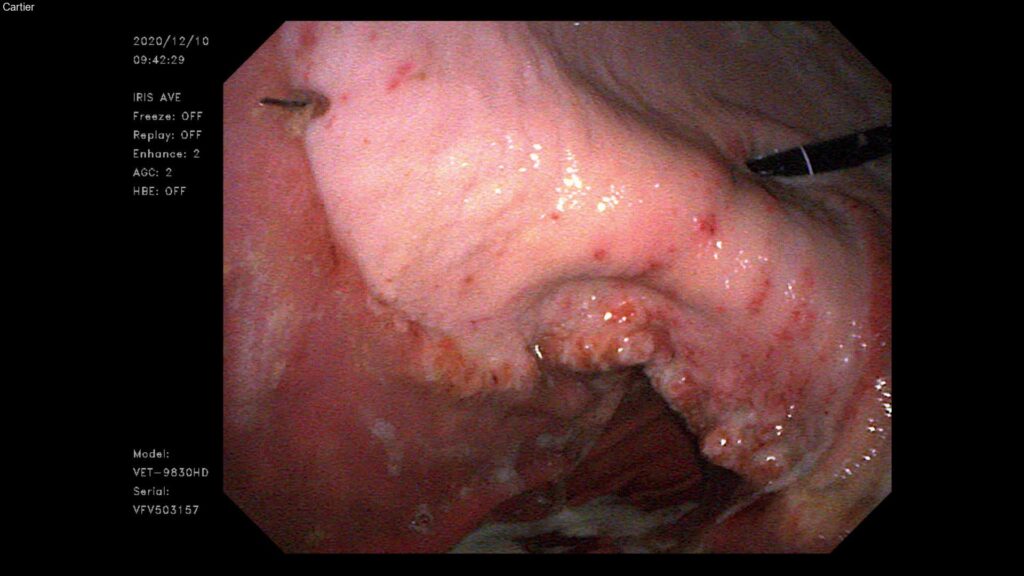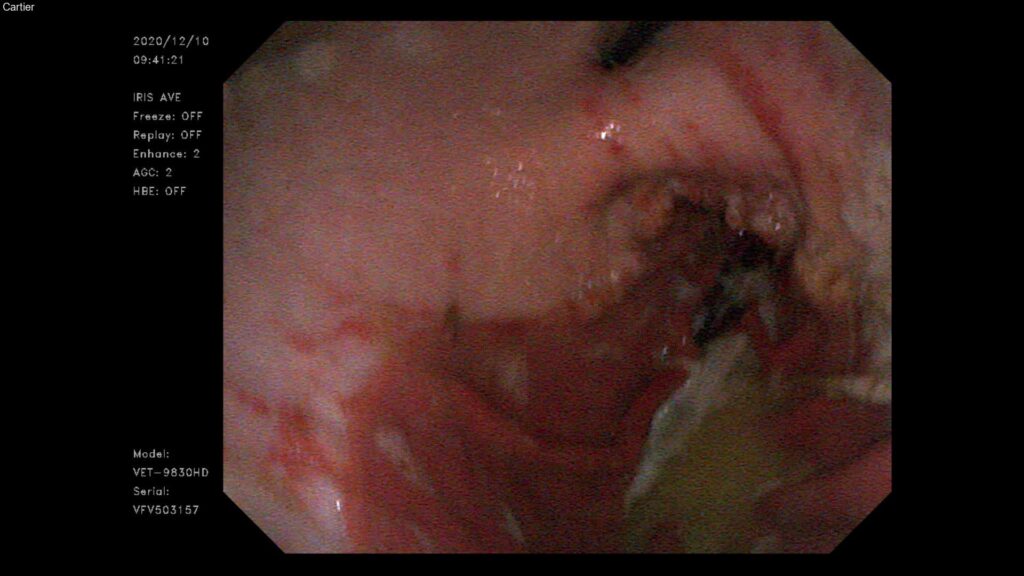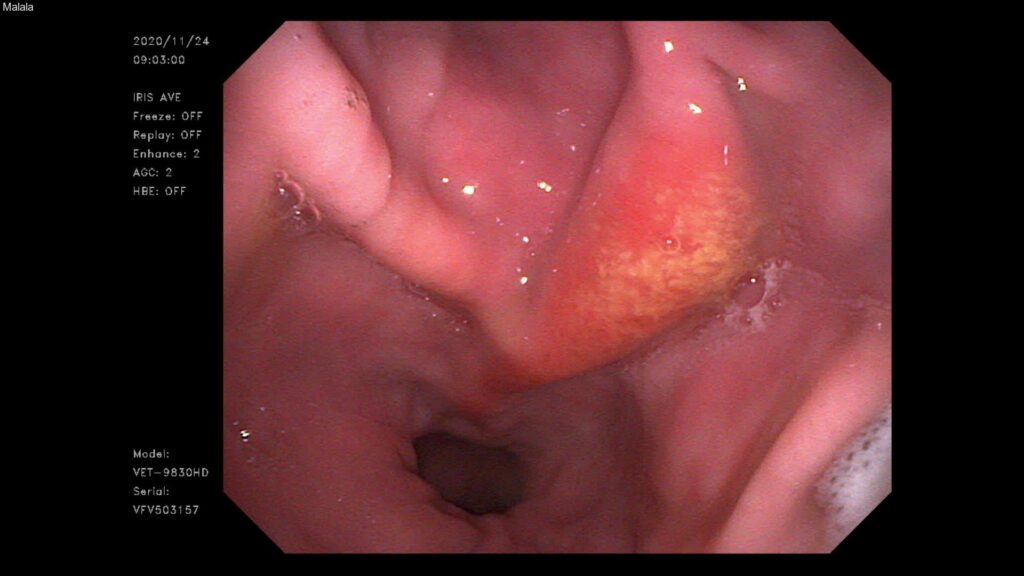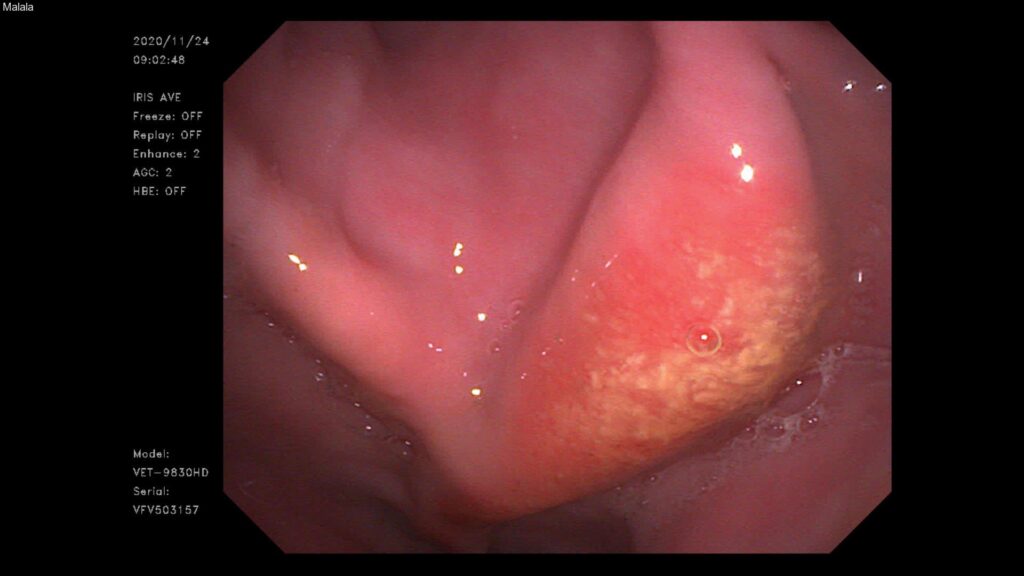Gastroscope Investigations
Equine Gastric Ulcer Disease is a commonly
occurring disease entity in the horse.
Contact Us
(08) 9296 6666 (office hours & after-hours emergency)
admin@belvoirequinehospital.com.au
Lot 158 West Swan Rd, Belhus, WA 6069
Equine Gastric Ulcer Disease

Equine Gastric Ulcer Disease is a commonly occurring disease entity in the horse whereby ulcerative and erosive lesions develop in the stomach. Clinical presentations of this disease can include ill-thrift, undesirable behavioural manifestations, poor performance, as well as colic, and even death in some animals. The prevalence of gastric ulceration has been determined to vary with breed, use of horse, and level of training; with a high percentage of disease occurring in athletic animals, such as Thoroughbred and Standardbred horses in full training.
The disease process can be divided into Equine Squamous Gastric Disease (ESGD) or Equine Glandular Gastric Disease (EGGD) depending on the region of the stomach in which the lesions are identified. Gastroscopy is a commonly performed and well tolerated procedure in the horse and remains the best method for diagnosis of gastric ulcers in the horse. At Belvoir, this procedure is performed as an in- or outpatient, with a period of fasting being required prior.
A comprehensive history from the owner is obtained prior to examination, to acquire information about diet and husbandry, general health care, relevant medical history, and to identify any potential risk factors for development of disease. A full physical examination is performed to assess the temperament and overall health of the patient and ensure there are no abnormalities that may preclude examination. The examination is performed under standing sedation, which enables safe evaluation for the patient and personnel alike. A guide tube is passed from the nostril to the back of the throat to allow for easier passage of the long, 3m gastroscope, allowing complete examination of all regions of the stomach, and even the first segment of the small intestine (duodenum). In few cases, various technical factors may preclude complete examination, with inability to visualize some portions of the stomach. This is an infrequent occurrence.
There are various treatment protocols in place for treatment of gastric ulcer disease in horses, but our clinicians are generally guided by current literature, and consensus of the European College of Equine Internal Medicine (ECEIM). Successful treatment does require dedication; with manipulation of feeding regimens, and administration of medications being required up to twice daily for 8-12 weeks in some cases. Regular assessment of lesions for healing and resolution is performed by interval follow up gastroscopy examination.
Gastroscopy is a commonly performed and well tolerated procedure in the horse, and is a highly valuable diagnostic tool in the work up of many cases. Should you have questions about your horse, or whether gastric ulcer disease could potentially be affecting your horse, please do not hesitate to get in touch.
